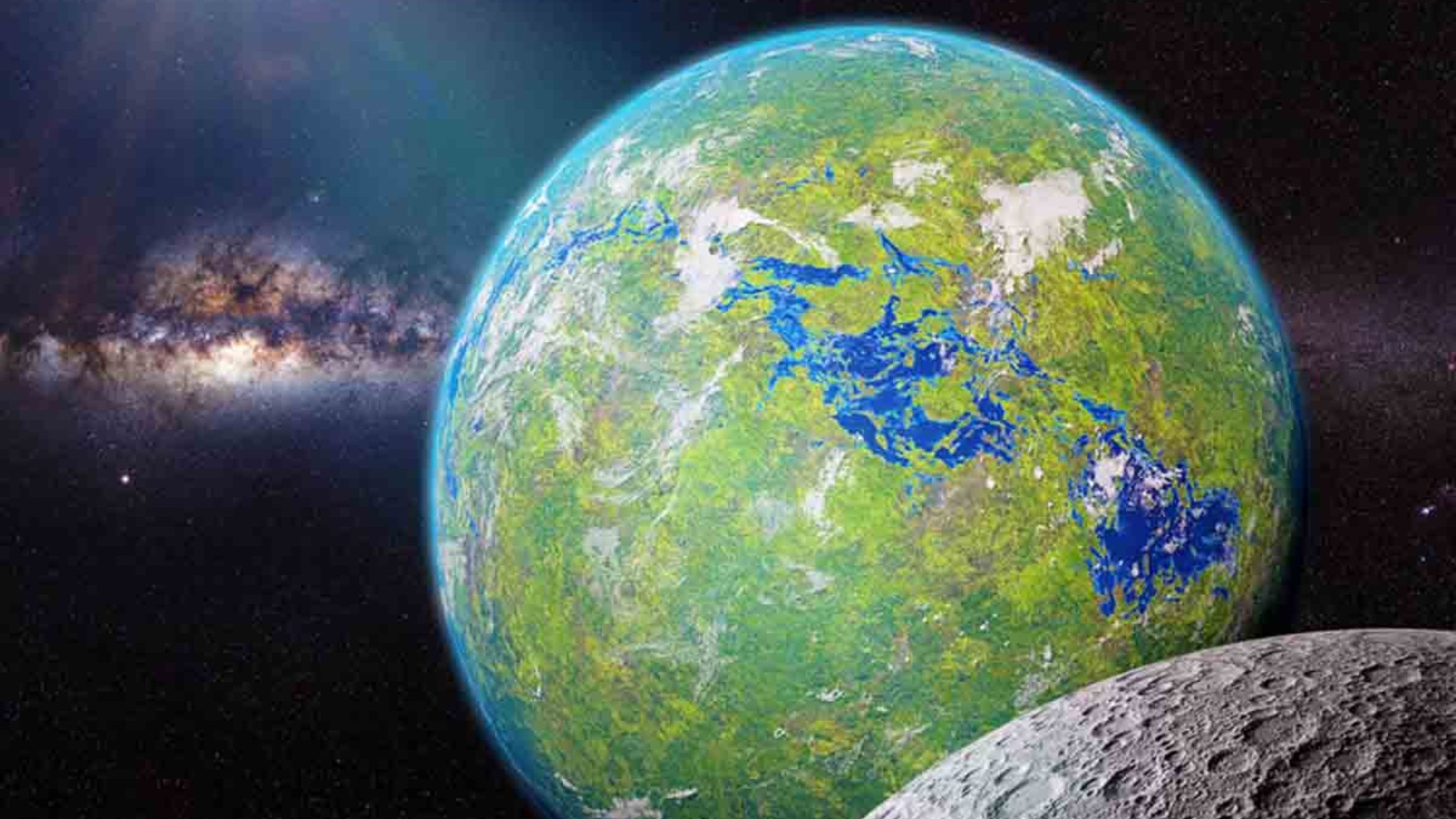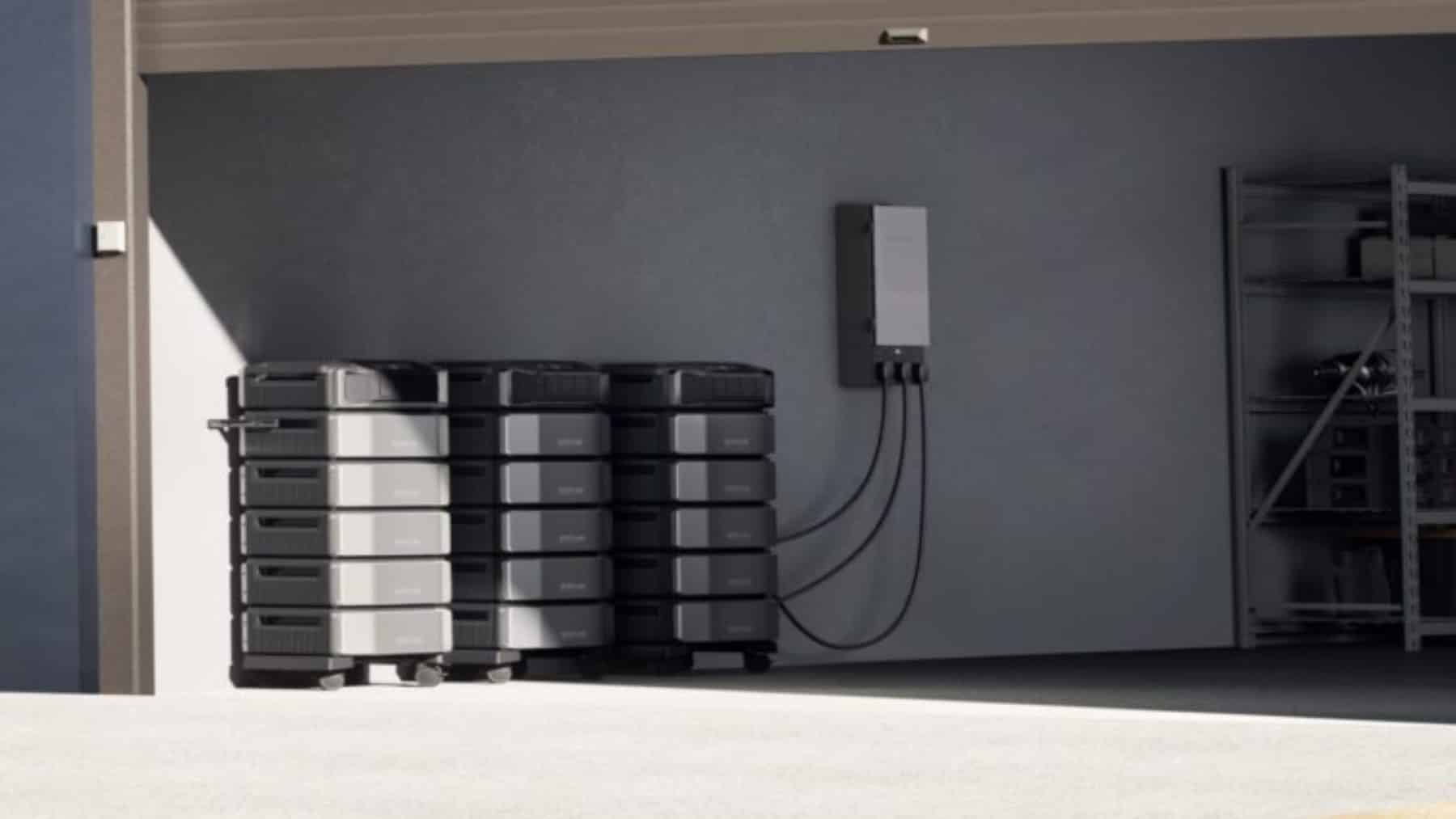What would happen if I told you that NASA has discovered a planet that could have the conditions and temperatures to support life as we do on Earth? This is the case of the planet TIO-715 b, which is one and a half times the width of our planet and orbits around a small reddish star. If these characteristics are confirmed, we would be talking about a ‘super-Earth’ and the smallest planet with a habitable zone ever discovered by the Transiting Exoplanet Survey Satellite (TESS).
It was announced this past January by NASA, which also clarified that other determining factors still need to be clarified. Since 2018, TESS has been adding the different exoplanets it has discovered, and it is expected that thanks to the use of NASA’s James Webb Space Telescope, TOI-715 b can be examined more closely. It is important to note that this finding and research was led by Georgina Dransfield at the University of Birmingham in the UK and published in the journal ‘Monthly Notices of the Royal Astronomical Society’ in January.
TOI-715 b
Imagine that NASA discovers a planet that has the necessary living conditions for optimal habitability, would you move there? Don’t worry, you don’t have to make that decision yet because that reality is still very far away. However, NASA has discovered a ‘super-Earth,’ an exoplanet that seems to meet the optimal conditions for habitability. This planet is nicknamed TOI-715 b, which is one and a half times the width of Earth and orbits around a reddish star. According to NASA, if the data so far is confirmed, “it would become the smallest habitable zone planet discovered by the Transiting Exoplanet Survey Satellite (TESS) to date”.
NASA’s measurements of the habitable zone placed TOI-715 b in a prime position relative to its parent star. According to NASA, “due to the short distance that the super-Earth orbits from its mother star, a smaller and cooler red dwarf than the sun of our Earth, a ‘year’ for the planet is equal to 19 Earth days”.
Why is the exoplanet considered to have a “habitable zone”? According to NASA researchers, the distance between the “super-Earth” and its red dwarf star places it in a habitable zone, where the temperatures are optimal for liquid water to form on the surface (and not change state), which is essential to determine if a region may have characteristics of habitability. However, NASA has stated that it not only depends on the presence and state of water on the surface, but that “several other factors would also have to align, of course.”
Work of the Transiting Exoplanet Survey Satellite (TESS)
NASA has a reserve of habitable exoplanets (or those that meet the necessary characteristics to be habitable at first glance). Since its launch in 2018, the Transiting Exoplanet Survey Satellite (TESS) has been adding to that list the different exoplanets it has detected. This was the case with TOI-715 b, which was not only added to the list but is also expected to be examined more closely by NASA’s James Webb Space Telescope to obtain more precise information.
According to NASA’s statements, “The James Webb telescope is designed not only to detect exoplanets but also to explore the composition of their atmospheres, which could provide clues about the possible presence of life”. Georgina Dransfield from the University of Birmingham in the United Kingdom was the leader of this discovery and research, which was published in the Monthly Notices of the Royal Astronomical Society last month in January. We will hace to wait for the investigation to continue and for the observations with the James Webb Telescope to shed more light on the hypotheses that still orbit TIO-715 b.
Do you know the latest discovery of the Voyager 1 and Voyager 2 probes?





